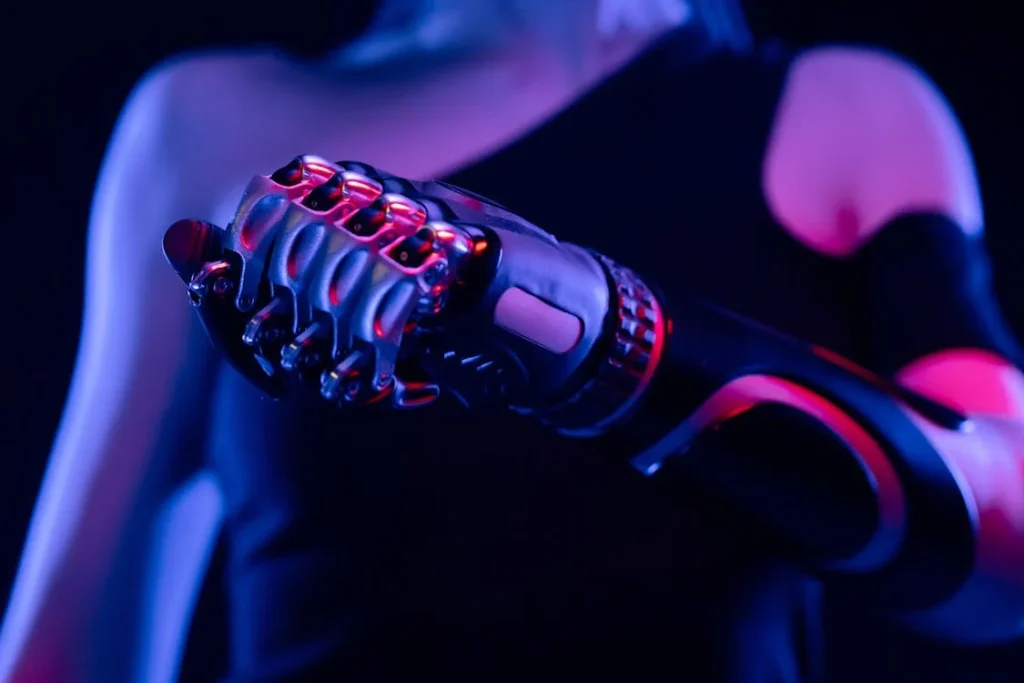Traditional rehab exercises can feel like a long road. You move through the same sets of movements — over and over — hoping they’ll help you get stronger, more stable, and closer to your recovery goals. But let’s be honest. These repetitions often feel like a chore. They’re necessary, yes. But exciting? Rarely.
Now imagine if every rep felt like a step toward a win. Not just a physical one — but a visual, emotional, and even playful reward. That’s the idea behind gamified exercises.
Gamification takes something serious — like physical rehabilitation — and wraps it in a structure that the brain wants to engage with. Through points, feedback, progress tracking, and mini-goals, it turns rehab into something that feels less like work and more like progress.
At Robobionics, we’ve seen this change lives. Patients who once dreaded therapy now look forward to it. Children, adults, and older patients feel motivated. They focus better, try harder, and stay with their programs longer. All because their exercises give something back — not just in movement, but in meaning.
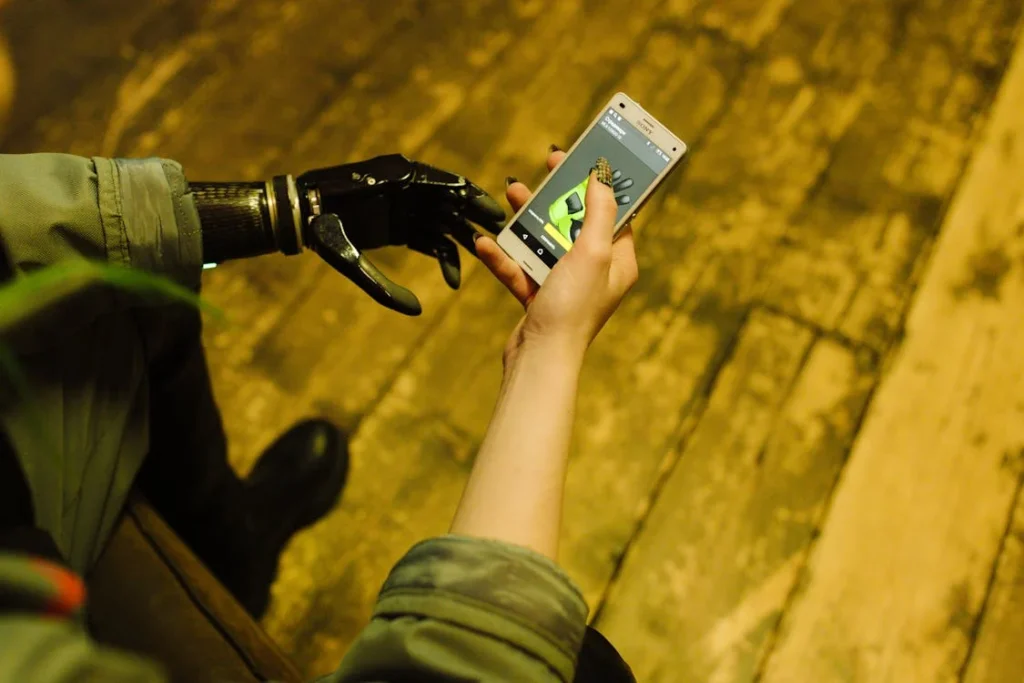
Why Traditional Reps Often Fall Flat
Repetition Without Reward Can Feel Empty
In any form of physical recovery — especially after an injury, surgery, or the use of a prosthetic — repetition is essential. The body learns through practice. Muscles remember through doing. The problem isn’t with the reps themselves. The problem is how they feel over time.
Most traditional exercises are structured like this: a fixed number of sets, performed in a quiet, clinical space, with minimal feedback other than the occasional “good job” from a therapist. These exercises work the body, yes, but they rarely engage the mind. That’s where trouble begins.
The brain craves feedback. It needs to know if something is working, if it’s improving, or if it’s moving toward a goal. Without this feedback, even helpful exercises can feel pointless. You may be moving, but you’re not feeling progress. That emotional disconnect builds frustration. And when motivation drops, effort drops too.
This is especially true in long recovery journeys — such as learning to use a new prosthetic limb. Day after day of slow, careful movements with no visible reward can make even the most determined patient feel tired and unmotivated.
The Emotional Cost of Boring Exercises
There’s a psychological weight to rehab. When exercises feel dull, the mind begins to resist them. You might delay starting your session. You might cut it short. Or worse, you might skip it altogether.
This isn’t about laziness. It’s about emotional fatigue. Doing the same thing over and over, with no change in experience or outcome, wears the brain down. It becomes harder to focus. Harder to care. And harder to believe that the effort will lead to anything meaningful.
That emotional toll adds up. Over time, many patients begin to associate therapy with discomfort — not just physically, but mentally. It becomes something to avoid, not something to embrace. That’s why consistency drops off. And without consistency, recovery slows.
Gamified exercises aim to fix this problem at its core. They don’t eliminate repetition — they reshape it. They give it a story, a purpose, a layer of engagement that makes it feel rewarding, not just demanding.
Gamification Transforms Reps into Experiences
When we introduce game elements into therapy, we’re not making it “less serious.” We’re making it more engaging — and therefore, more effective. Gamified exercises do something very specific: they link effort to immediate reward.
Let’s say you’re working on shoulder mobility. In a traditional setting, you may be told to lift your arm ten times and hold it for five seconds. You do it because you have to. But now imagine that same motion is part of a digital game, where every lift powers a balloon higher into the sky. You see your progress visually. You hear a sound when you hit the right angle. You’re not just lifting — you’re winning.
That small change transforms the experience. The rep is still happening, but now it feels different. It feels like an achievement, not a chore. And when the brain feels like it’s winning, it releases chemicals like dopamine — which, in turn, make the user feel more motivated, more energized, and more eager to keep going.
This feedback loop is what drives the success of gamified therapy. Movement becomes mission. Action leads to reward. And therapy becomes less about finishing sets and more about experiencing progress in real time.
Why Rewards Improve Focus and Performance
Focus is a major factor in recovery. If a patient is mentally checked out during their exercises, the results won’t be as strong. Gamified systems hold attention because they offer something traditional methods don’t: real-time feedback that means something.
In a game-like setting, every correct movement triggers a response — a visual change, a point score, or a piece of progress in a story. This keeps the user engaged. They watch what happens. They adjust their movement. They stay present.
And this presence leads to better performance. Movements become more accurate. Reps are completed more carefully. And users are more willing to try again after a mistake — not because someone told them to, but because the system makes them want to.
This kind of focus is hard to achieve in a standard routine. But when reward is built into the task, the brain naturally locks in. It wants to complete the challenge. And in doing so, it delivers better results.
Emotional Engagement Leads to Lasting Commitment
One of the most exciting things we’ve seen at Robobionics is how gamified exercises change the emotional tone of recovery. When patients enjoy what they’re doing — when they feel progress instead of pressure — they’re far more likely to stick with it.
We’ve had patients tell us they forgot they were in therapy. That they came in to “play the game,” not to exercise. And that shift in mindset is the key. When effort becomes something you look forward to, you don’t need reminders. You don’t need to be pushed. You want to continue.
That kind of self-driven effort leads to better consistency, deeper learning, and faster recovery. And that’s the real reward — not just a virtual badge or a higher score, but the return of strength, freedom, and independence.
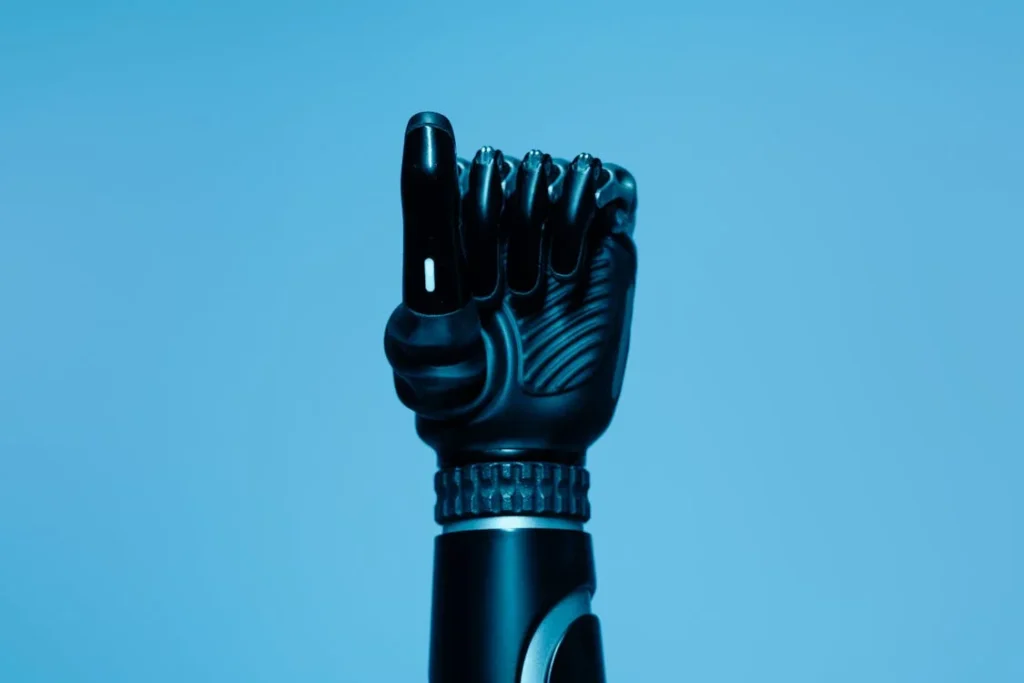
How Gamified Exercises Unlock Faster, Smarter Recovery
The Science Behind Repetition That Feels Like Progress
At the heart of any effective rehabilitation program lies repetition. The more you practice a movement, the more your brain and muscles begin to “remember” how to do it smoothly. This is called motor learning, and it’s a powerful process. But repetition only works when the brain is fully engaged. Passive repetition — the kind where you go through the motions just to get it over with — barely sticks. It doesn’t activate learning the way intentional movement does.
Gamified exercises change that. They take the same repetitive motions and wrap them in a system that gives instant, emotional feedback. This doesn’t just make therapy more enjoyable — it makes it more efficient. The brain is more alert. The body is more precise. And the learning becomes faster because the effort feels rewarding, not draining.
When every lift, step, or squeeze is tied to an in-game result — whether that’s completing a task, earning a score, or watching a virtual goal unfold — the patient becomes invested. They don’t want to just finish the movement. They want to win. That emotional drive strengthens focus, repetition, and ultimately, results.
Turning Boring Movements Into Brain-Body Challenges
One of the common complaints in physical therapy is that the exercises feel disconnected from real life. Patients often ask, “What’s the point of doing this over and over?” That question comes from a lack of visible connection between effort and outcome.
Gamification bridges that gap. It puts the patient in a scenario that feels purposeful. Instead of just squeezing a stress ball, they might be “guiding a rocket through space” by squeezing at the right rhythm. Instead of shifting weight from one side to another on a balance board, they might be “walking a tightrope” in a game. The movement doesn’t change, but the context does — and that changes everything.
When the mind sees purpose, it works harder. And when that purpose is visual, interactive, and fun, the patient leans into the effort. It stops being about doing a task. It becomes about achieving a goal.
This connection between the brain and body becomes stronger with every session. As the user repeats the movement with full focus, their motor skills improve. The neural pathways strengthen. And the body begins to perform the motion more naturally, with less effort. That’s when recovery speeds up — not because the muscles got stronger overnight, but because the mind and body learned together.
Why Real-Time Feedback Matters More Than You Think
In traditional therapy, feedback is often delayed. You do your reps, and the therapist corrects you after. Or maybe they watch and offer tips between sets. That works, but it’s not always enough. Many patients aren’t sure if they’re doing the movement right while they’re doing it. That doubt slows learning.
In a gamified setup, real-time feedback removes that uncertainty. The screen responds immediately. If your movement is too shallow, the game might not advance. If your timing is off, your score won’t increase. If you do it just right, you get rewarded — instantly. That instant reaction tells the brain, “Yes, that was correct,” and the brain learns faster.
It’s like learning a language with flashcards versus having a conversation. The conversation gives instant correction and reward. It keeps you engaged, helps you adjust quickly, and builds confidence. Gamified therapy offers that same dynamic. The patient doesn’t wait to be told how they’re doing — they see it, feel it, and respond to it immediately.
That constant loop — try, react, adjust, succeed — creates smarter movement. And the faster that loop runs, the faster recovery happens.
Building Habits Through Emotion and Enjoyment
Recovery isn’t about one great session. It’s about showing up again and again, even on days when you don’t feel like it. That consistency is what builds strength, balance, and coordination. But to keep coming back, patients need more than willpower. They need habit.
Gamified systems help build that habit by giving patients a reason to return. There’s always another level to beat, another score to improve, another challenge to unlock. The emotional satisfaction of play becomes part of the daily rhythm. Before long, therapy isn’t something you “have to do” — it becomes something you just do, like brushing your teeth or checking your phone.
And because the experience is positive, it creates emotional momentum. Patients feel good about their effort. They look forward to the sessions. That emotional link — between the exercise and the feeling of success — is what turns effort into habit.
At Robobionics, we’ve seen patients who once dreaded therapy begin asking for extra time just to finish a game. That kind of shift doesn’t come from better equipment alone. It comes from better design — from understanding how humans respond to progress, recognition, and meaningful challenge.
Progress That’s Visible, Shareable, and Real
One of the quiet frustrations of rehab is that progress often happens slowly and invisibly. You might be moving better than you did a week ago, but if you can’t feel or see it, it’s easy to lose motivation. Gamified therapy solves this with built-in tracking.
The system records your actions. It measures how far your range has improved, how accurate your motions have become, how quickly you complete a sequence. And then it shows that data in a way that’s easy to understand — through scores, graphs, milestones, or even simple achievement messages.
Patients begin to see themselves improving. They can track how many sessions they’ve completed, how much stronger they’ve become, or how many challenges they’ve conquered. And that visible proof keeps them going. It tells them: your effort matters. You’re getting somewhere.
This visibility isn’t just for the patient. It helps therapists guide future sessions. It helps families support recovery. And it gives everyone a shared sense of progress — not as an abstract idea, but as a story with real chapters.
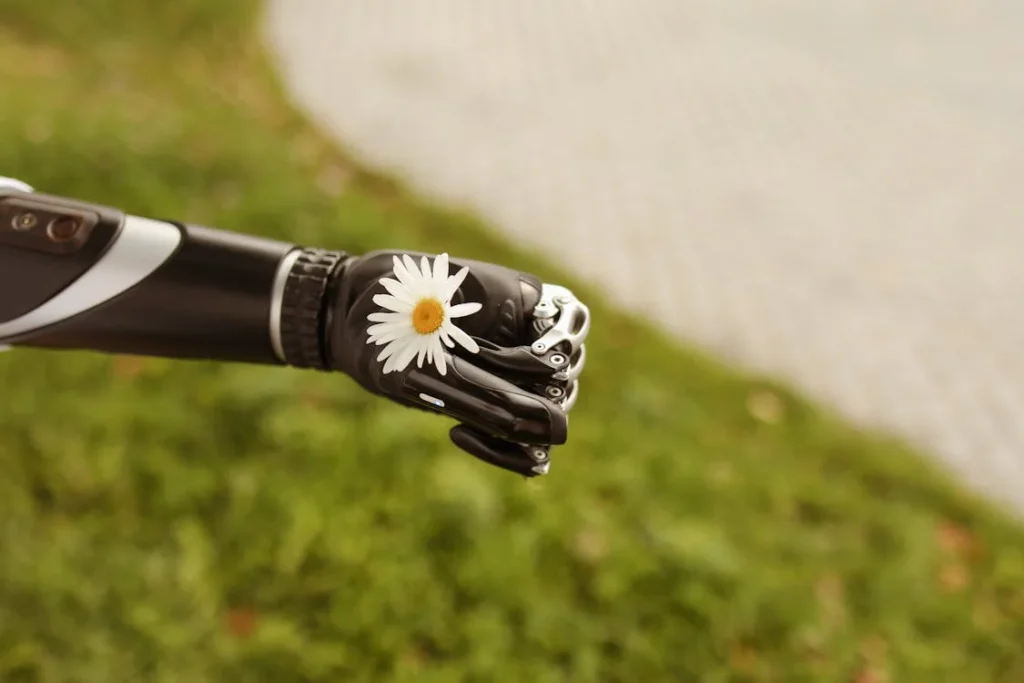
The Emotional and Social Power of Gamified Exercises
Rehab That Feels Less Lonely
Physical recovery can be an isolating journey. Even when surrounded by doctors and family, many patients feel alone in the actual experience of healing. They are the ones doing the work, facing the pain, repeating the motions, and wondering if they’re improving. In traditional therapy, that sense of solitude can become heavy.
Gamified exercises change that by adding an emotional layer that connects the user — not only to their progress but also to others. The moment you step into a game-based environment, you’re not just doing exercises anymore. You’re interacting with something responsive. You’re receiving feedback. You’re seeing characters, hearing sounds, and reacting to cues. It’s not silent, and it’s not one-sided. The whole experience becomes more alive.
This alone can be emotionally uplifting. The presence of sound, color, story, or even a simple avatar turns therapy into an interaction, not just a task. It gives you something to engage with — something that responds when you make an effort. That sense of connection helps patients feel less alone in their journey. It becomes a dialogue rather than a monologue.
Games Create Positive Emotional Associations
Rehab is often linked with discomfort — not just physical pain, but emotional tension. People feel frustrated when they don’t improve quickly. They feel embarrassed when they struggle with basic movements. And over time, they begin to associate therapy with negative feelings.
Gamification flips that. It replaces silence with music, repetition with purpose, and struggle with challenge. Even small elements — like a character clapping when you get something right, or a scene changing when you complete a level — begin to reshape how the brain views the experience. The brain says, “This feels good.” And what feels good becomes something we return to.
These positive emotional associations are essential. They don’t erase the difficulty, but they layer something new on top of it — something joyful. When patients start to connect therapy with fun, pride, or even curiosity, the dread fades. It’s no longer “I have to do this.” It becomes “I get to do this.” And that shift changes everything.
Shared Play Strengthens Support Systems
Healing is never a one-person process. Families, friends, and caregivers all play a role. But in traditional therapy, they often watch from the sidelines. They drive the patient to sessions, wait in chairs, and ask afterward, “How did it go?” They want to help, but they don’t know how to join the experience.
Gamified exercises invite them in.
Many platforms offer multiplayer modes or at-home play options. A parent can sit with their child and “play” a rehab game together. A spouse can cheer on as their partner climbs levels. Even therapists can compete, guide, or laugh alongside the patient. These shared moments build connection.
We’ve seen patients at Robobionics light up when their sibling joins them in a balance game, or when their child helps them complete a coordination challenge. These moments don’t just improve therapy — they strengthen relationships. They turn recovery into a shared story, one filled with encouragement, teamwork, and emotional bonding.
And those bonds become part of the healing. When someone is cheering for you, when someone wants to see you succeed — you try harder. You come back. You push forward. Not just for yourself, but for the people walking beside you.
Celebration Becomes a Part of Recovery
Gamified therapy introduces something that is often missing from traditional rehab: celebration. Too often, patients only get recognized when they reach big milestones — when they walk again, regain full mobility, or return to daily tasks. But recovery is filled with dozens of tiny victories before those big ones ever arrive.
Gamified systems celebrate those small wins. They throw confetti when you complete a level. They flash stars when you hit a perfect score. They show streaks when you attend multiple sessions. Each moment of effort is acknowledged.
This matters because it makes every step feel valuable. You don’t have to wait weeks to feel proud. You get that feeling now. And that pride builds emotional strength. It reminds you that you’re not stuck — you’re moving. Even if the pace is slow, you’re climbing. That kind of feedback boosts morale and makes the hard days easier to bear.
When Joy Meets Effort, Everything Changes
Effort doesn’t have to be painful. It can be joyful. It can be motivating. It can be something that leaves you smiling even when your muscles are sore. That’s the magic of gamified exercises.
When rehab sessions are designed to respond to the user — emotionally, visually, and socially — they stop feeling clinical. They start feeling personal. That’s when people stop giving up. That’s when they find their rhythm. That’s when therapy becomes more than just a routine — it becomes a return to self.
Gamification doesn’t remove the effort. It honors it. It gives that effort meaning, expression, and satisfaction. And when people feel emotionally connected to what they’re doing, they go further. They recover faster. They believe more.
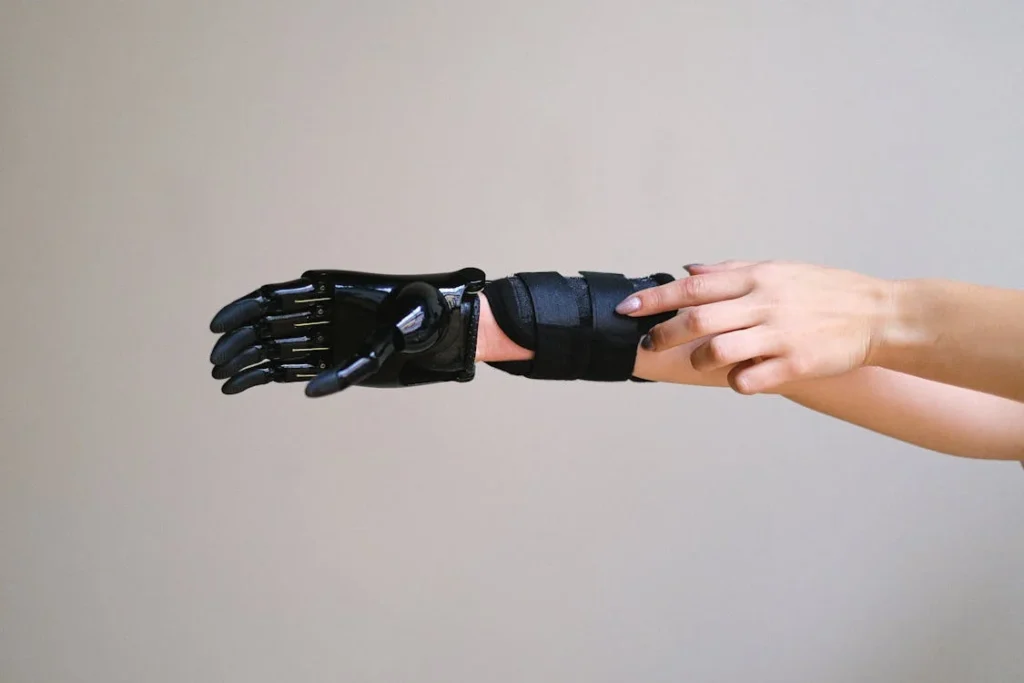
How Gamified Exercises Help Patients Rebuild Their Identity
Losing Ability Often Means Losing a Sense of Self
When someone experiences an injury, amputation, or long-term condition that affects their physical movement, the impact is rarely just physical. It touches everything — how they see themselves, how they engage with the world, and how confident they feel in daily life. This shift in identity is often invisible to others but deeply felt by the patient.
They may no longer feel like the athlete they once were. They might feel unsure in public spaces. They may hesitate to go back to work, social activities, or even family roles. There’s a quiet emotional gap that opens between “who I was” and “who I am now.” Traditional rehab focuses on movement, but it often doesn’t address this invisible identity loss.
Gamified therapy — surprisingly — has become a powerful tool for bridging that gap.
From Patient to Player to Performer
One of the most unique strengths of gamification is that it allows users to shed the patient label, if only for a while. Instead of being someone “in recovery,” you become someone completing missions, earning points, and progressing through levels. The game doesn’t see you as broken. It sees you as active, capable, and in motion.
That shift in perspective is powerful. It gives patients a new identity to step into — one that’s focused on growth rather than recovery. When you become a player, not just a patient, you start to experience yourself differently. You no longer feel like you’re just “trying to get back to normal.” You feel like someone who is advancing, learning, and becoming something new.
In this space, identity isn’t defined by what was lost. It’s shaped by what’s being built.
Rebuilding Confidence Through Interaction
Many patients, especially amputees and those using prosthetic devices, struggle with confidence early in their journey. They may avoid public spaces or social interactions. They may second-guess their movements or feel unsure about using their prosthetic in front of others. Every day feels like a test — and that kind of mental pressure makes therapy harder.
Gamified environments offer a low-pressure, high-reward space for rebuilding self-confidence. Inside a game, there are no spectators. No judgment. Just actions and feedback. You can try, fail, succeed, and repeat — all in a safe, supportive loop. Over time, this repetition builds not just skill, but belief. Belief that you can control your body. That you can master movements. That you can get better.
This renewed confidence often spills outside the game. Patients begin taking more initiative in real life. They walk with more assurance. They speak more openly. They trust themselves again — not just because they’ve healed physically, but because they’ve seen themselves succeed repeatedly in a game world that felt real.
Personalization Helps Patients See Themselves
Modern gamified platforms often allow for customization — users can choose avatars, themes, even storylines. While this may seem like a cosmetic feature, it serves a deeper emotional purpose. It helps the user see themselves in the process. And when patients feel represented — when they see an avatar that looks like them, moves like them, or reflects their journey — they connect more deeply to the experience.
This connection makes the therapy feel personal, not clinical. It says, “This is about you. Your pace. Your story.” And in that reflection, patients start to feel ownership of their recovery. They stop comparing themselves to others. They start comparing themselves to their past self — and that’s the most honest, empowering comparison there is.
Achievement Systems Reinforce a New Narrative
Storytelling is at the heart of how humans understand their lives. And during injury or loss, the story can often sound like this: “I used to be able to do X, but now I can’t.” That kind of internal narrative — repeated daily — can be hard to escape.
Gamified therapy offers a new story to tell: “I started here. I couldn’t do this. But look at what I can do now.” With each badge earned, level unlocked, or movement mastered, a new chapter is written. The system doesn’t just log progress — it tells a story of progress. One that the patient begins to believe, repeat, and share.
We’ve seen patients at Robobionics celebrate their in-game milestones like real-world promotions. Because they are. They mark real effort, real growth, and a real return to agency.
From Identity Loss to Identity Expansion
The truth is, many patients never return to who they “used to be.” But that’s not a failure. That’s evolution. The beauty of gamified exercises is that they don’t focus on returning to an old identity — they help expand into a new one.
You might go from someone afraid of moving to someone excited by challenge. From someone uncertain about your prosthetic to someone proud of what it allows you to do. From someone in therapy to someone in training — not just for function, but for freedom.
That identity shift may be the most lasting reward of all. And it’s not something that can be measured with weights or timers. It’s something felt — deeply, quietly, and powerfully — in the way someone sees themselves when they stand up, take control, and begin to move again.

The Role of Storytelling in Gamified Exercise: Why Narrative Drives Results
Why the Brain Loves a Story
Humans are wired for stories. From the time we’re children, we understand the world through characters, goals, challenges, and outcomes. Stories give context to action. They help us care. They give meaning to things that, without a story, might feel random or dull. And when it comes to physical therapy, meaning is everything.
Rehab is full of repetitive actions. Lifting, bending, holding, balancing. When those actions exist in a vacuum, they feel empty. But when they exist inside a narrative — when they serve a purpose — the brain becomes more invested. Suddenly, the movement isn’t just a rep. It’s part of a journey. That journey creates emotional momentum.
Gamified exercises often embed storytelling into their design. Whether it’s a simple mission to “rescue a character” or a larger arc where each level represents a new stage in a virtual world, the story adds structure. It turns abstract progress into something personal and goal-driven. And the more engaged a patient feels in that story, the more likely they are to continue, persist, and push forward.
Storytelling Adds Emotional Depth to Routine Movement
Let’s imagine two patients doing the same motion — lifting their leg while lying down. One is doing it as part of a numbered exercise on a chart. The other is doing it to “climb a mountain” in a game. The physical task is the same. But the emotional experience is completely different.
In the second case, the movement is linked to a visual scene, a sense of progress, and perhaps even a fictional goal — reaching the top, unlocking a flag, or finding something important. That imagined purpose makes the movement feel valuable, not just necessary. And that difference in emotion directly impacts performance. Patients trying to “complete a quest” tend to focus more, try harder, and self-correct without being told.
That’s not fantasy — that’s cognitive engagement. The brain is more alert when it’s emotionally involved. And when effort feels like part of a meaningful story, the brain is more likely to encode the memory, improve coordination, and reinforce the behavior.
Patients as Heroes in Their Own Recovery
One of the most powerful things gamified systems can do is reframe the patient’s role — not as someone being treated, but as someone on a quest. In these systems, the patient is not passive. They are the main character. Every exercise becomes a step forward in their personal journey. Every level represents a challenge they’ve overcome.
This framing matters because rehab often feels like something happening to the patient. Appointments are scheduled, routines are assigned, goals are set by others. It can feel disempowering. But when patients enter a narrative-driven system, they feel like agents of their own story. They’re not following a plan — they’re completing a mission.
This creates a psychological shift from “I have to do this” to “I’m choosing to do this — because I have a reason.” That sense of ownership drives better commitment. And when patients begin to view themselves as resilient, capable, and even adventurous, it rewrites the emotional tone of their recovery journey.
Stories Create a Sense of Continuity
In traditional rehab, each session often feels disconnected from the last. You might return to the same exercises, but there’s no built-in sense of narrative progress. Gamified therapy changes that by creating continuity. Each session picks up where the last one left off. The game world remembers what the user has done. And the patient returns not just to a task, but to a storyline.
This continuity adds psychological gravity. Patients want to come back not just to perform a motion, but to see what happens next. Maybe they want to complete a puzzle, defeat an obstacle, or reach the next destination in the virtual world. The exercise becomes something to anticipate — like the next chapter in a good book.
That sense of return keeps patients consistent. And consistency is the single most important ingredient in recovery.
Narrative Heals More Than Just the Body
We’ve spoken with countless patients at Robobionics who’ve shared how gamified stories gave them more than just motivation. They gave them hope. They made them feel part of something bigger. They gave a shape to their experience when everything felt uncertain.
One patient recovering from upper-limb loss said, “When I was controlling that character on screen, I didn’t feel like someone in recovery. I felt like a warrior.” That emotional reframing — that identity through story — became the anchor for their physical progress.
That’s what storytelling does. It creates a place for belief. It helps patients visualize not just where they are, but where they could go. And that kind of vision is more powerful than any score or rep count. It becomes the reason they show up, the reason they try harder, and the reason they don’t quit.
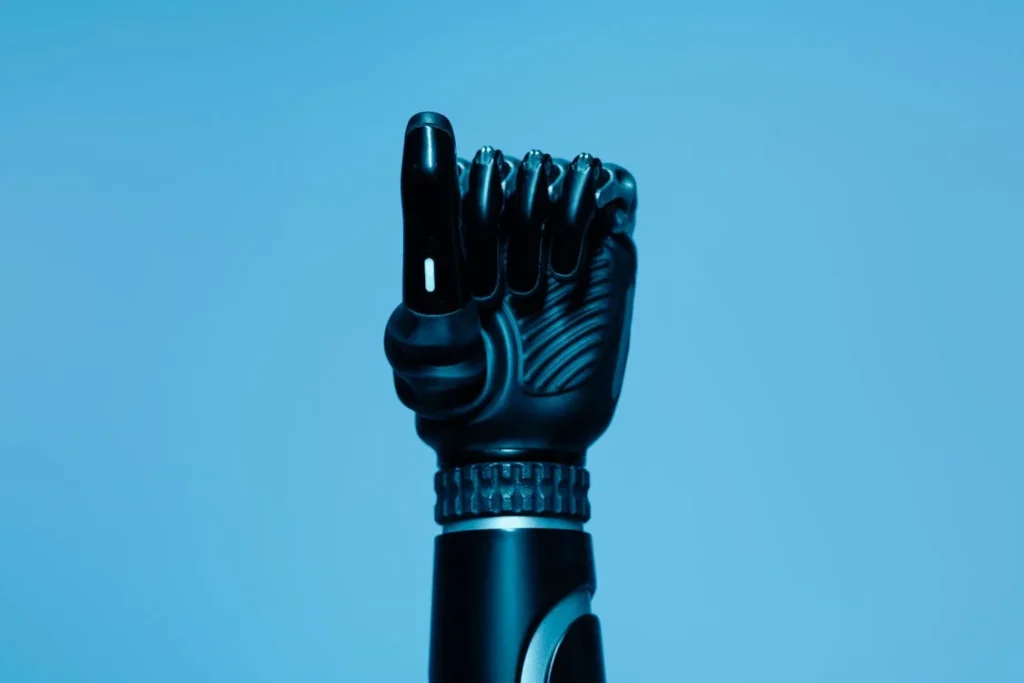
Gamified Exercises in Home-Based Rehab: Bringing Recovery Into Daily Life
Why Recovery Shouldn’t End at the Clinic Door
Most physical therapy programs begin in hospitals or rehabilitation centers under the supervision of trained therapists. But for many patients — especially those recovering from surgery, amputation, or injury — real progress depends on what happens between sessions. That’s where the challenge begins.
Home-based rehab is essential, but it often comes with problems. Exercises get skipped. Motivation fades without supervision. Patients feel unsure whether they’re doing things right. And slowly, momentum stalls. Even a well-designed plan can lose its power once the structure of the clinic is gone.
Gamified exercises are transforming this problem into an opportunity. By bringing structured, engaging, and responsive rehab tools into the home, gamification is redefining what home therapy can feel like.
Turning Living Rooms Into Motivational Spaces
With the rise of mobile apps, low-cost sensors, and smart devices, gamified rehab is no longer limited to high-end labs or specialist centers. Today, patients can use tablets, smartphones, or motion-tracking cameras to access therapy games from their own homes. And these tools don’t just give instructions — they respond.
When a patient lifts their arm correctly, the system reacts. When they improve balance, their avatar progresses. Their living room becomes an interactive training ground. And most importantly, they no longer feel like they’re doing therapy alone. The game becomes a coach, a mirror, a motivator — available 24/7.
This removes one of the biggest emotional blocks in home therapy: the feeling of being isolated. With gamification, patients stay connected — to their progress, to their plan, and to a sense of daily purpose.
Building Routine Without Resistance
One of the hardest parts of home rehab is getting started. The TV is nearby. Work emails need answering. A short walk turns into a nap. Without external structure, the will to begin therapy often fades — even when the intention is strong.
Gamified platforms reduce that resistance. They don’t feel like a worksheet or checklist. They feel like a session you want to log into. Many are designed with streak counters, daily challenges, or progress badges that encourage users to show up consistently — not with guilt, but with curiosity.
Instead of dreading the exercises, users begin to treat them like a part of their lifestyle. A quick 10-minute session becomes a morning habit. A level-based challenge becomes something they do before dinner. That light, integrated design makes therapy easier to repeat — and repetition, as we know, is what makes recovery stick.
Safe, Structured, and Self-Paced
Another benefit of gamified home therapy is that it puts the user in control — without sacrificing structure. Traditional at-home programs often rely on written sheets or printed instructions, which can be vague or hard to follow. Patients are left wondering if they’re doing things right or making mistakes that could cause harm.
Gamified systems remove that uncertainty. The interface shows the user what to do, in real time. It guides posture, pace, and motion. And if a movement is off-target, it provides gentle correction — visually or audibly — without the need for a therapist to step in.
This creates a sense of confidence and safety. Patients no longer second-guess themselves. They trust the process. And because many platforms are adaptive, they can adjust difficulty based on user performance — keeping things challenging, but never overwhelming.
This adaptive pace matters, especially for users with prosthetic limbs or complex conditions. They can learn, adjust, and recover on their own timeline — without pressure or comparison.
Supporting Patients in Rural and Remote Areas
In a country as vast and diverse as India, access to regular, in-person rehabilitation isn’t always possible. Many patients live in Tier 2 or Tier 3 cities where specialist centers are hours away. Others may face financial, transport, or physical limitations that make frequent visits impossible.
Gamified home therapy bridges that gap. It brings high-quality, therapist-informed exercises directly into homes that might otherwise be cut off from consistent care. This is a game-changer — literally — for families in underserved regions.
At Robobionics, we’re actively working to expand access to gamified rehab tools that work offline, on budget-friendly devices, and in local languages. Because recovery should never depend on location. It should depend on support and design — and gamification brings both, right to the doorstep.
The New Model of Hybrid Recovery
Perhaps the most exciting outcome of home-based gamified therapy is the potential for a hybrid recovery model — where clinic sessions are complemented by daily at-home play. Therapists can monitor progress remotely. Patients can track improvements on their own. And therapy becomes something continuous, rather than occasional.
This blended approach gives patients the best of both worlds: the expertise of professionals, and the flexibility of personal control. It creates momentum between appointments. It keeps the user focused between visits. And it transforms the idea of “homework” into something engaging and rewarding.
The living room isn’t just a place to recover — it becomes a place to thrive.
Conclusion
Rehabilitation doesn’t have to feel like a burden. When designed with care and guided by purpose, it can feel like progress — even joy. Gamified exercises prove that recovery can be both effective and emotionally uplifting. They turn repetition into reward, effort into motivation, and movement into momentum.
At Robobionics, we’ve seen how gamified systems inspire people to show up, stay consistent, and rebuild both body and confidence. They make therapy personal, engaging, and accessible — whether in a clinic, a living room, or a rural town far from major rehab centers.
Because healing isn’t just about getting stronger — it’s about believing in your own progress. And when that belief is built into every rep, every level, and every reward, the path to recovery becomes one worth walking.
Not just because it works. But because it feels right.



